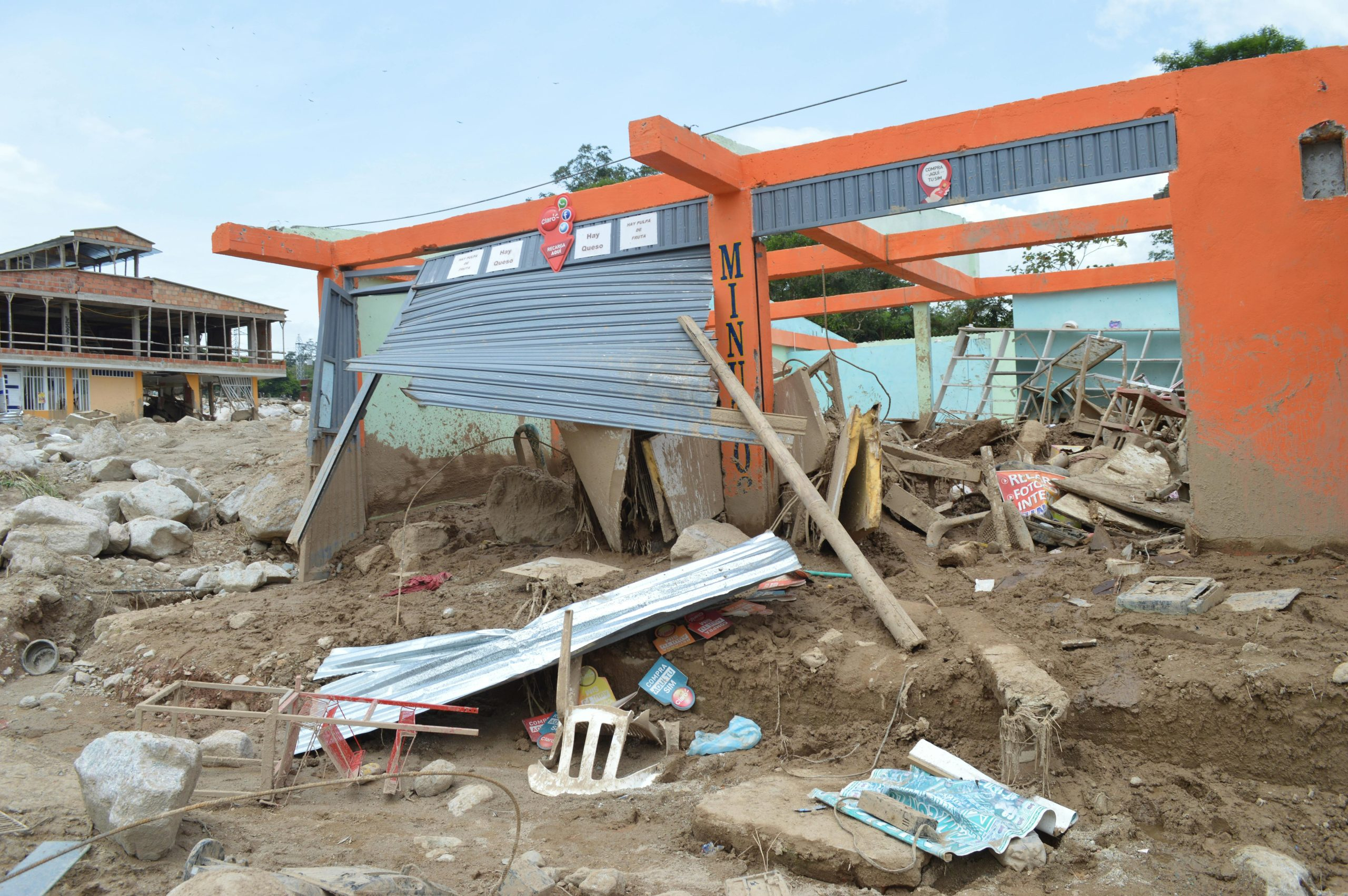The Secret to Building a Strong and Supportive Community
Building a strong and supportive community is essential for the success and happiness of any group. Whether it be a small group of friends, a local neighborhood, or even a large company, having a sense of community fosters a positive and inclusive environment for everyone involved. But what is the secret to creating and maintaining a strong and supportive community? In this article, we will explore the key elements that are necessary to build a strong and supportive community, and how it can benefit both individuals and the group as a whole.
The Importance of Community
Before we dive into the secrets of building a strong and supportive community, let’s first understand why it is so important. In today’s fast-paced and increasingly isolated society, having a community to rely on is crucial for our mental and emotional well-being. A sense of belonging and connection can help reduce stress, improve self-esteem, and provide a support system during difficult times.
Communities also offer a sense of purpose and contribute to our personal growth. Through interactions with others, we learn new perspectives and gain valuable insights that can help us become a better version of ourselves. In addition, communities provide a platform for collaboration and collective action, leading to positive changes and impact.
The Secret to Building a Strong and Supportive Community
Now that we understand the importance of community, let’s uncover the secret to building a strong and supportive one. While there is no one-size-fits-all approach, there are key ingredients that are essential for any community to thrive.
1. Shared Values and Goals
A strong community is rooted in shared values and goals. This means that members of the community have a common purpose and are aligned on what they want to achieve. When individuals share similar values and goals, they are more likely to connect and support one another in pursuing those goals. These shared values and goals also help create a sense of unity and purpose within the community.
2. Communication and Collaboration
Effective communication and collaboration are also crucial for building a strong community. This includes not only sharing information and ideas but also actively listening and seeking feedback from others. When community members feel heard and understood, it fosters a sense of belonging and trust. Collaboration allows for the pooling of resources, skills, and knowledge, leading to more robust and successful outcomes.
3. Inclusivity and Diversity
A strong and supportive community is inclusive and celebrates diversity. When members of a community come from different backgrounds, cultures, and experiences, it creates a rich and dynamic environment. Embracing diversity also helps challenge our own perspectives and biases and fosters empathy and understanding. Inclusivity ensures that all members feel welcomed and valued, leading to a stronger sense of community.
4. Support and Empathy
In a strong community, members support and show empathy towards one another. This means offering a helping hand when needed, providing emotional support, and celebrating each other’s successes. When individuals feel they can rely on others, it creates a sense of security and belonging that is vital for the community’s well-being. Showing empathy also helps in resolving conflicts and fostering understanding between members.
5. Continual Learning and Growth
The best communities are those that encourage continual learning and growth. This can be in the form of workshops, seminars, or even informal discussions among members. Through learning and growth, community members can expand their skills and knowledge, leading to personal and professional development. It also provides space for individuals to share their expertise and contribute to the community’s growth and success.
The Benefits of a Strong and Supportive Community
A strong and supportive community offers numerous benefits for both individuals and the group as a whole. Not only does it provide a sense of belonging and purpose, but it also promotes personal growth and well-being. A supportive community can also lead to increased productivity, innovation, and success, as members work together towards common goals.
Moreover, a strong community serves as a safety net during difficult times. Whether it be through emotional support or practical help, community members can rely on each other during challenging situations. This support can help individuals overcome obstacles and come out stronger on the other side.
In Conclusion
In a world that is becoming increasingly fragmented and lonely, building strong and supportive communities is more important than ever. By understanding and implementing the key elements we discussed, you can create a community that offers a sense of belonging, purpose, and growth for its members. Remember, community building takes time and effort, but the rewards of a strong and supportive community are well worth it.










